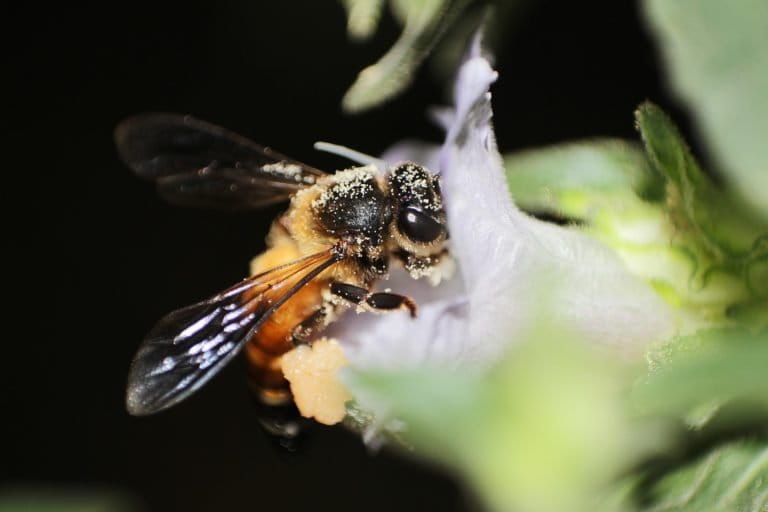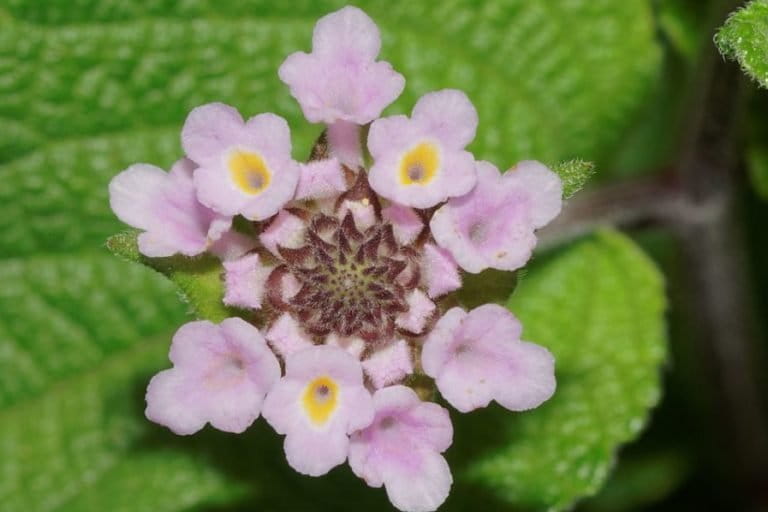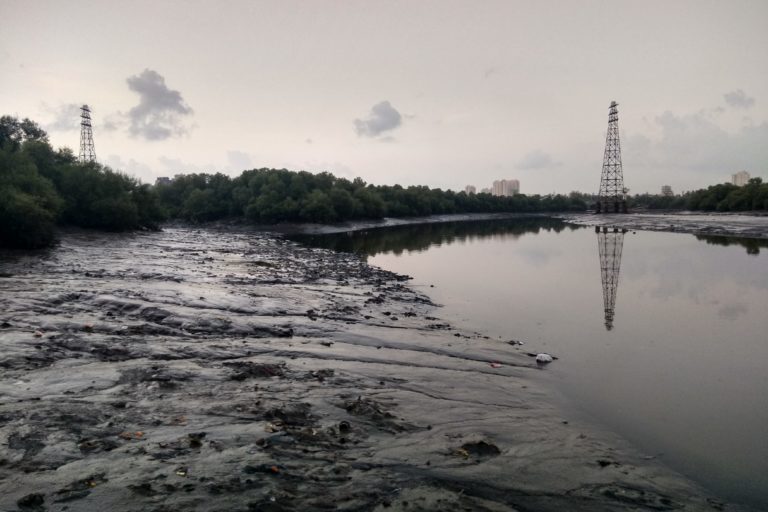This week’s environment and conservation news stories rolled into one.
To receive a weekly email with a roundup of our stories, please sign-up to our newsletter.
Chennai water crisis once again exposes the city’s climate vulnerability
This swing between too much water, like during the 2015 floods and too little water, like the current situation, is the story of Chennai’s increasing vulnerability to climate change.
Prolonged use of mosquito coils may make you ill: study
Exposure to the burning of mosquito coils and cigarettes in indoor environments like homes and offices could lead to illness. Samples used in the study belonged to popularly used brands.
An SOS call for the ‘Tiger of Kaveri’
The IUCN has red-listed the hump-backed mahseer, believed to be endemic to river Kaveri, as critically endangered following a taxonomic evaluation.
A floral calendar for bee conservation
A Pune scientist has drawn up a floral calendar for beekeeping and conservation. With district-level calendars, beekeepers can move colonies to areas where favoured plants are located.
Microplastics and colourants found in mussels from India’s southeast coast
A study has found microplastics and colorants, probably of human origin, inside Asian green mussels collected from Kasimedu, Chennai.
Hidden cameras reveal six colour variants of the Asiatic golden cat
The colour variants from Dibang Valley in Arunachal Pradesh include five previously described from other parts of Asia, as well as a previously unrecorded pattern.
Delhi is running out of water, and it is everybody’s problem
Illegal construction, overextraction of groundwater, pollution and wastage of residential water supply are some of reasons Delhi is running dry.
Parthenium could take over large parts of India under current climate change
Under current levels of climate change, 65% of India could be taken over by parthenium, finds a study. Three ‘hotspots’ of invasion: Western Himalaya, peninsular India and the north-east.
Environment explained: What are invasive plants?
In this explainer, read about the origin of invasive species, what makes them invasives, their impacts and what the layperson can do to control their spread.
Fine those dumping waste into water bodies, says pollution watchdog
The Central Pollution Control Board of India has now come out with guidelines to address the dwindling health of such water bodies.










